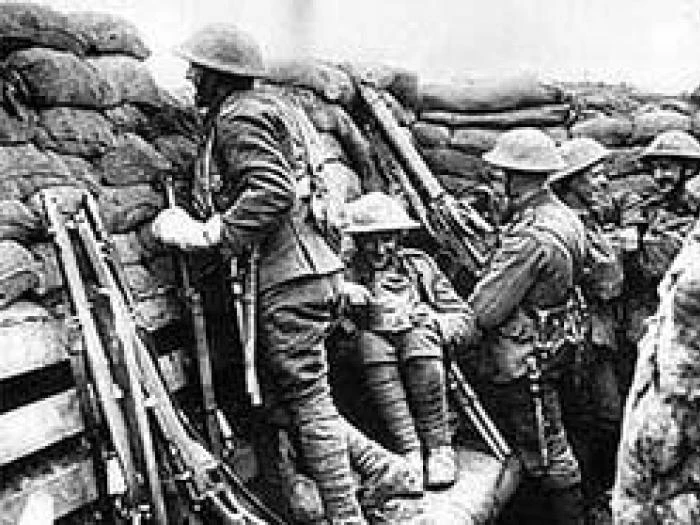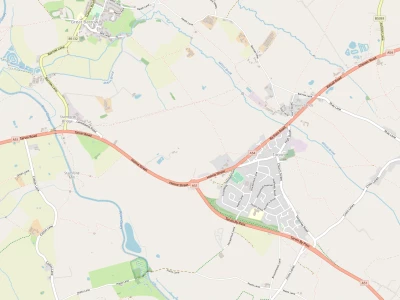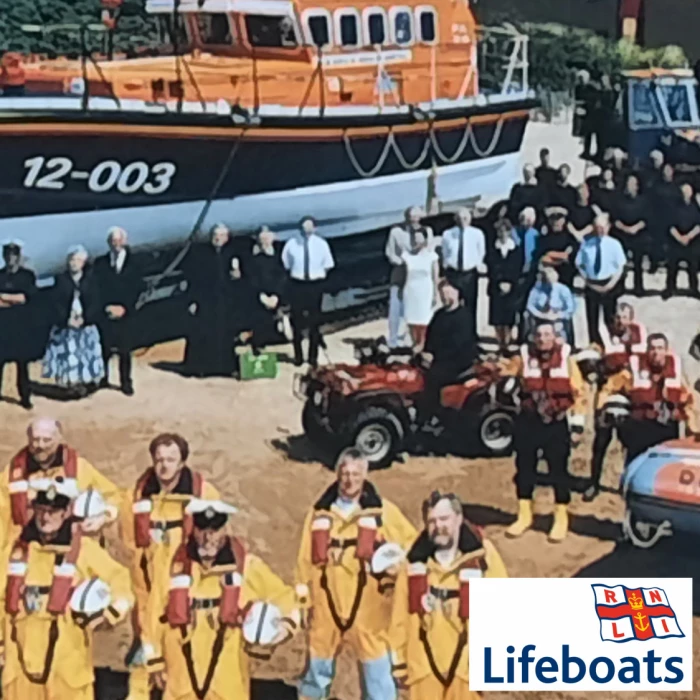
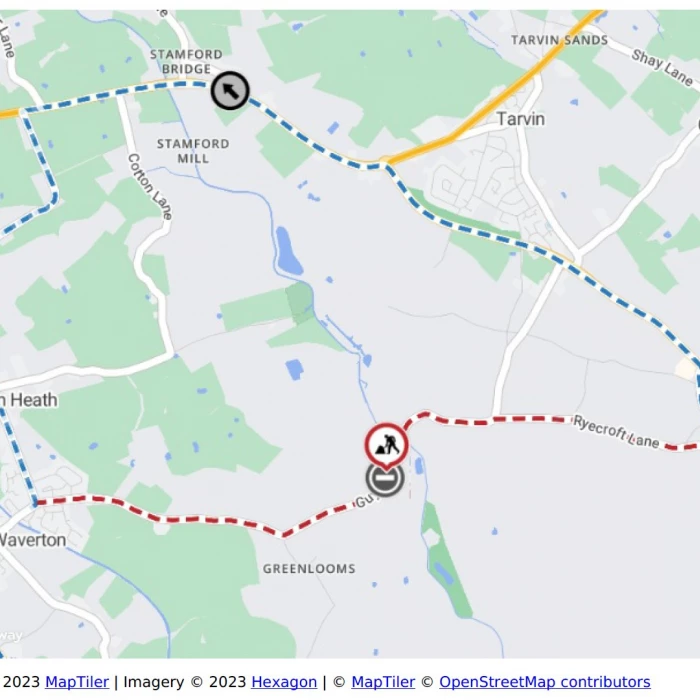
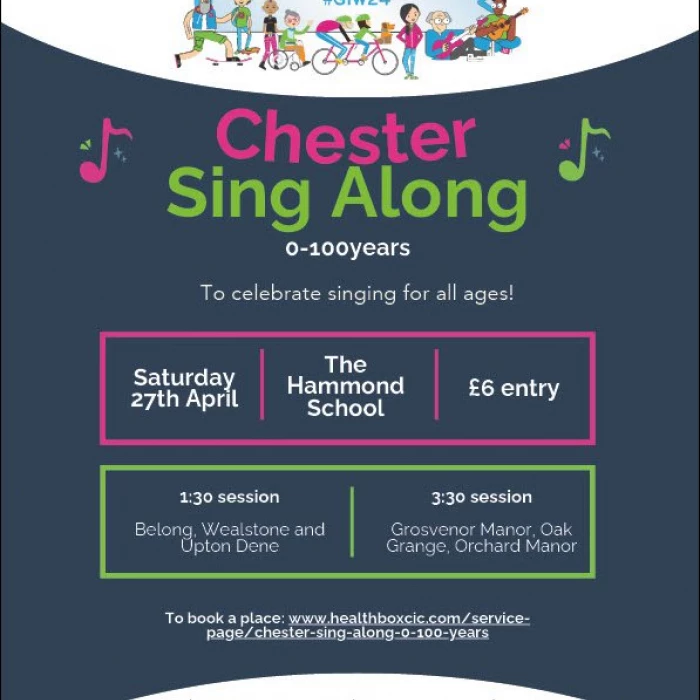

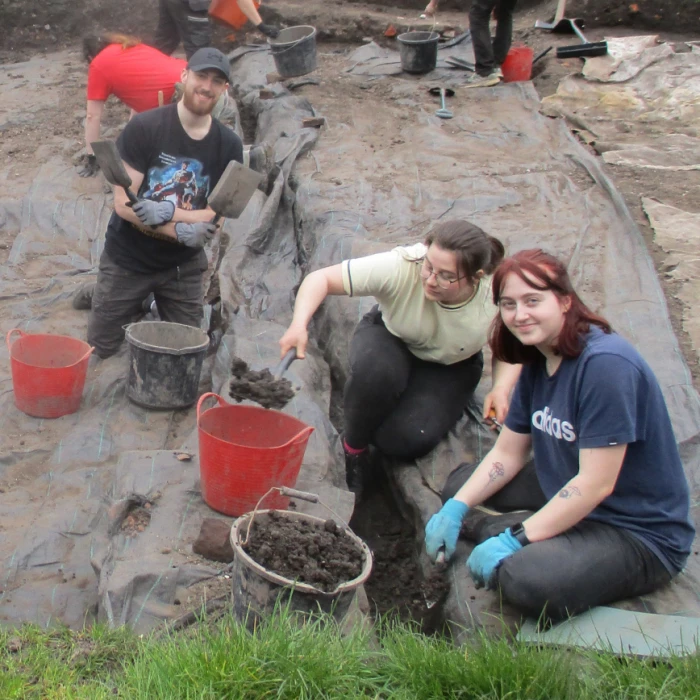

Remembering the First World War – Sandbags, Eggs and Rest Huts
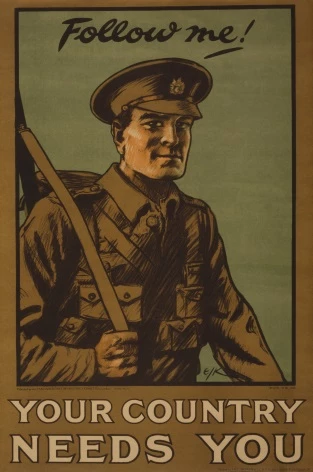
Like every other community in Britain, Tarvin was enthusiastic about helping the war effort in any way they could. The war involved all sections of society including women and children. Some of the roles that women played were novel; others were not. Yet even traditional feminine occupations and pursuits could become part of the war effort. From the earliest days of the conflict domestic tasks like sewing took on a military cast as women all over the nation joined sewing groups. As early as August 1914 the first sewing group (Queen Mary's Needlework Guild) had been set up for women, who were as deeply stirred by the war as men, to make a useful contribution. Many sewing groups made clothes for the troops but other items were made as well.
Working with Queen Mary's Needlework Guild, The Red Cross (more widely known for its medical volunteering) also set up sewing parties around the country. In March 1916 the St Andrew's parish magazine was able to report that 12 shirts, 13 locker bags and 120 Sandbags had been made by Tarvin women and sent to the Red Cross headquarters. Clothing such as the shirts would have required the use of a sewing machine and many women would not have been able to afford one but the locker bags and sandbags were a simple design which could have been sewn by hand.
Sandbags made from hessian (also known as burlap) were use extensively during WW1 but wore out after about a year. They were filled with earth by regular filling parties and provided troops manning the trench fire-step with effective protection from enemy rifle fire. Sandbags could absorb bullets and shell fragments. A WW1 bullet would penetrate to 15 inches so the sandbags were usually piled three or four deep. They were less effective as a protection from artillery fire but the ones piled at the back of the trench did offer some protection from the back blast from shells which commonly fell beyond the trench line.
The work of the sewing groups was recognised (albeit in a comic way) In the 1914 popular song called 'Sister Susie's sewing Shirts' which was written by R P Western with music by Herman Darewski. It was performed widely with one of the more notable versions being recorded by Al Jolson in 1916.
Caring for the huge number of wounded and sick servicemen was a huge task and appeals were regularly made to the public for help. One such appeal was for eggs and the government published a poster asking people to donate eggs for the wounded.
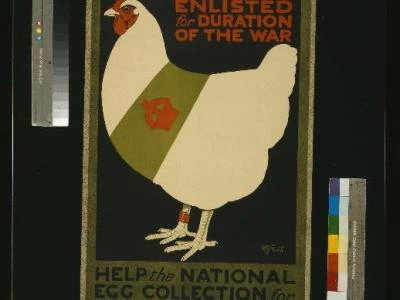
In March 1916 the parish magazine published the following notice:
EGGS FOR THE WOUNDED
On the first Sunday in the month 42 eggs were brought to church by the children. Until further notice eggs will be gratefully received at all children's services. This is one of the best ways in which country folk can help the wounded and sick among our soldiers.
During WW1 There were many ways in which the Church of England contributed to the war effort. One of these was by building and maintaining a number of huts for the accommodation of soldiers in France and elsewhere. The huts were so constructed that they could be used both as places of worship and recreation. By March 1916 part of the scheme had already been carried out and the church had pledged to raise £12,000 towards the expenses. This was a considerable sum (about £1,174,000 in today's money) and churchgoers in Tarvin were donating towards it.
Quick Links
Get In Touch
TarvinOnline is powered by our active community.
Please send us your news and views.

